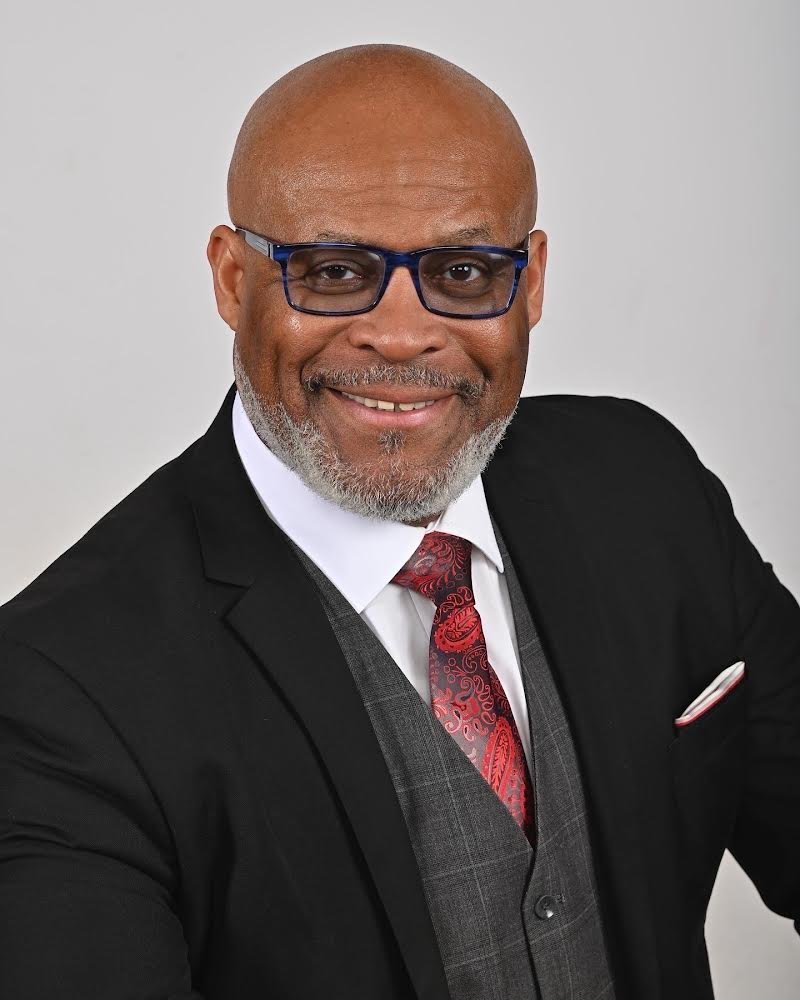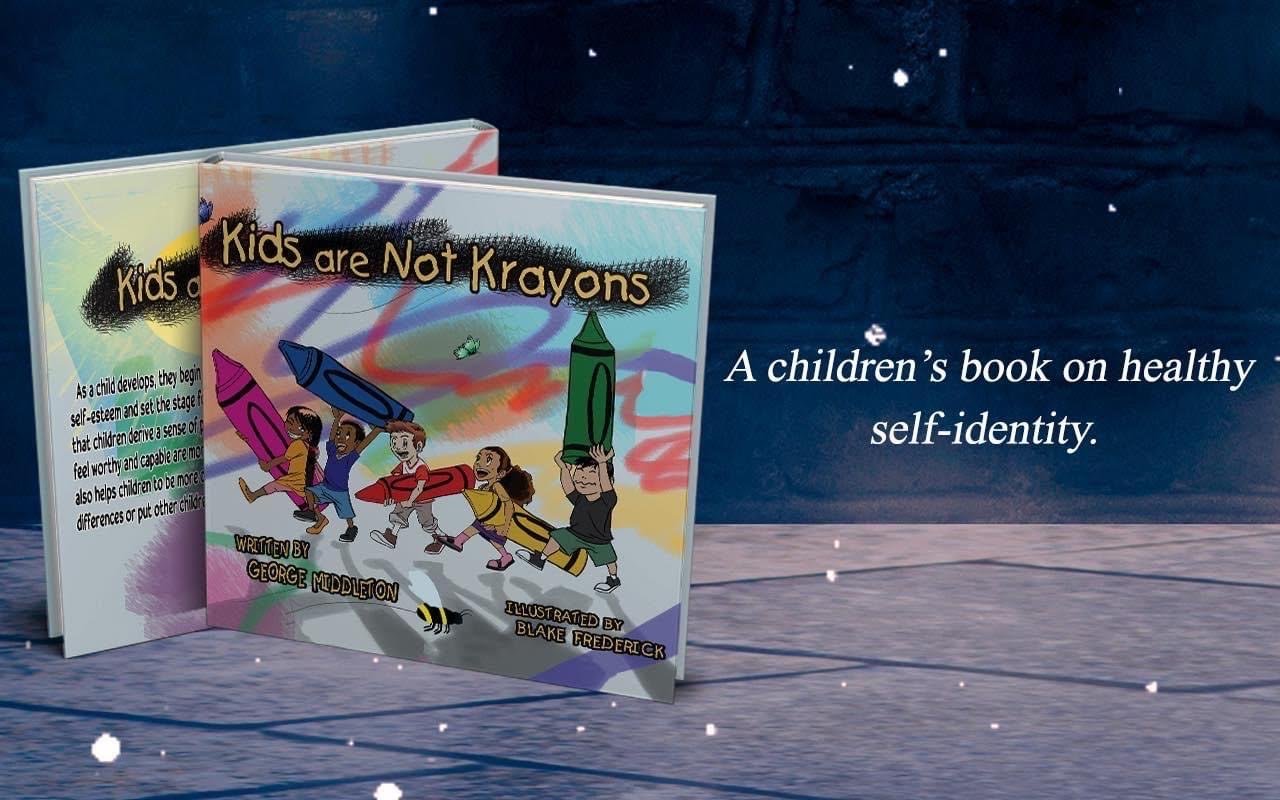Part 1: The Foundations of our Future:

Part 1: The Foundations of our Future:
Meet George Middleton and Learn How to Create a System Built By Us For Us, Starting With You!
By La’Crystele Brown
Ink Spot Contributing Writer
George Middleton is not your ordinary man. As a therapist and a mentor for children in the Indianapolis school system, Middleton is no stranger to dealing with our youth as well as family structures. His work as a therapist has served as one of the motivations for the platform he has developed called racial deconstruction.
With racial deconstruction Middleton addresses the connection between our mental health and race ideology. The reason Middleton was motivated to come up with this is because many of the stresses and obstacles that our young people are experiencing are directly associated with race. As a therapist, it has become his goal to figure out a practical way to address these issues in real time because it’s been a problem and while everyone can describe it, no one has come up with a solution.
The process that Middleton has used is an evidence based behavioral change solution intervention process. Middleton calls it racial deconstruction because race is a social construct and most people have not been properly educated about race. The deconstruction of race is a three-fold process. This process starts with education, then self-reflection which is the therapeutic aspect of it, and last, is application with the concept of as a man thinketh so is he.
Middleton explained how all of our behaviors such as things that we do, the way we dress, the way we speak, all boil down to what we think about ourselves. A lot of times when we are trying to fix a problem we don’t start with our mind and thinking but with what we see. In this sense we end up with temporary short-term change but to achieve the long term change we really want we must start at the beginning of the behavioral situation. Therefore, when we’re talking about issues such as race, racism, and discrimination, we’re trying to change behaviors but we’re not addressing the belief system behind them.
In using this format Middleton created, he describes it’s more productive because it takes the blame and the finger pointing out of it and allows you to focus only on yourself. How do you think about race? How do you identify racially? How do you see things through race and how is all of that working for you?
I was so intrigued by Middleton’s process that I was eager to know what made him want to dig deeper into these issues to find the root, and once he had, how did he come to his presumption of where the issue starts and the solution to fixing it. Middleton informed me that when he started this work, that also affects him, and educated himself on what race really is, he learned that the label black was not a label for his or our benefit. Black is a label that was given to us by our oppressors and because of this he made the personal decision to reject that label. As for his decision to find this process to better the lives of our children, it serves as a therapeutic obligation of ethics. As a therapist he has taken the Hippocratic oath of “do no harm”. He is ethically obligated to advocate for his clients individually and on a systemic level and racism is definitely a systemic stressor.
What Middleton said to me next was shocking!
Racism is actually a public health crisis across our country! He went on to explain this to me further including that every major medical and psychological association is behind the declaration of Racism being a public health crisis. This was appalling to me because we hear of so many other public health crises such as COVID 19 and Monkeypox, but racism seems to somehow be inferior to these for reasons I’m sure I and many others will never understand. Middleton explained the three-fold intervention strategy used for other public health crises, which is prevention, mitigation, and repair. So how do you apply these to racism? You use Middleton’s process.
After learning all of this information I was curious to know how Middleton went about teaching this process to children and in what ways he was able to see them apply it to their lives. Middleton informed me that children tend to easily understand this way of thinking because their brains are not locked into one way of thinking like most of us adults are. When he is educating the children about his process, he gets no push back.
All of Middleton’s information and practices are objective and evidence based. You won’t find any type of political or religious ideology, and it’s not because those things are bad or good, it’s just that they’re not relevant to addressing behavior. He’s only presenting facts and when he presents them to children, they aren’t fighting it. So, once he teaches them where race comes from and how it is used in our country. It clicks for them because whether we know it or not by two or three years of age children can identify race. By teaching them this information their minds are opened and freed from the race trap.
The title of Middleton’s book, Kids Are Not Krayons, goes along with the idea of getting them and us to stop looking at ourselves and one another in terms of boxes of color. For Middleton to be successful he realizes he can’t just work with children, but he must also work with their families because he can teach them these things all day, but if it is not being reiterated at home, the information will soon be lost or replaced with the behaviors they see there.
To learn more from and about George Middleton, please join him here in Fort Wayne at the Historic Turner Chapel AME Church on Saturday October 29, 2022, at 2:00pm for a Kids Are Not Krayons Book Signing event that will include music, food, and great community networking! You don’t want to miss it!

